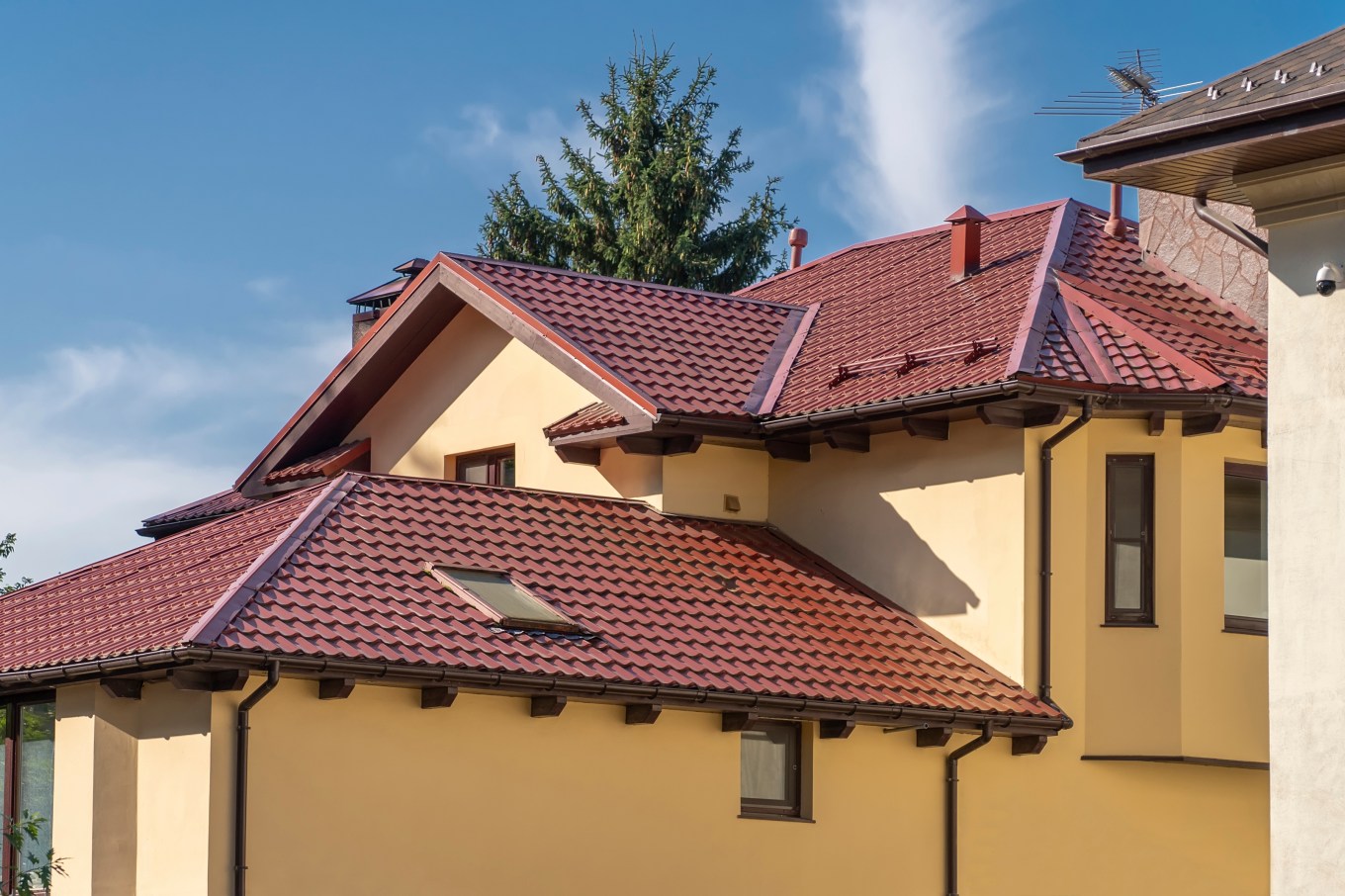Passive roof vents encourage natural air flow and work without help from motorized fans. Roof vents make a house more comfortable by providing escape hatches for hot, stale, moist air, which can reach 150-degree temperatures in summer.
In winter, you need to dump that hot air before it condenses and leads to rot and mold. Warm air trapped in the attic during winter can cause snow to melt rapidly and refreeze as ice dams. These mini glaciers can push up shingles and peel off gutters and soffits.
How Much Roof Ventilation Do You Need?
For proper attic ventilation, make sure you have a minimum of one square foot of vent area (openings) for every 300 square feet of attic floor space. If you have asphalt shingles, you must have attic ventilation or you’ll risk voiding the warranty.
Check Your Roof Vents
You or a professional roofer should check your roof vents annually and take these steps:
- Periodically clear vent screens of dirt, leaves, dust, pollen, spider webs, bird nests, and other debris that impedes airflow.
- Repair screen rips or tears and damaged flashing.
- Check for rust or rot around the framing or flashing.
- Clear insulation from soffit vent openings. You’ll need to inspect from inside your attic. Make sure attic insulation stops clear of the under-eave area.
If you have ice dams, mold, and damaged shingles, hire a ventilation or roofing professional. They will evaluate whether your ventilation is adequate and you need to retrofit exhaust or intake vents.
Roof Vent Options
- Ridge vents run along the peak of the roof. They feature an external baffle to increase air flow and protect your house from snow, rain, and dust. They’re usually capped with a material that blends in with the roof. A professional will usually charge about $300 to $650 to install a ridge vent.
- Static vents have no moving parts. They’re basically protected holes in the roof that allow air circulation. They come in various designs — roofline, dormer, roof louver, or eyebrow vents — and are installed in an even line across the roof. Some pros swear by them, but others think they tend to leak. Installation costs $40 to $200 per vent.
- Gable vents, or wall louvers, are placed in the gable ends of the attic and can be used along with other vents. The higher they are, the more effective they are. However, the airflow from gable vents is limited because the vents are under the roof deck, which causes hot spots. Professional installation costs about $100 to $500 per vent. Or, you can buy and install a set yourself for $25 to $180 apiece.
- Wind turbines are mushroom-shaped caps placed on roofs and designed to catch natural wind currents. They spin an internal fan that propels hot air out of the attic. Wind turbines are most effective in areas where winds average about five miles per hour.
For areas with little wind, a power-assisted vent is an option.
Images: Left: blueflames/getty, Right: 7713Photography/getty
Soffit Vents Provide a Breath of Fresh Air
Getting rid of hot air is just part of the equation. You also need intake vents, which are usually soffit (or under-eave) vents. Made of aluminum or vinyl, they have tiny perforations or slits for airflow and are available as either narrow strips that butt together, or as smaller, wider vents that fit between roof joists.
Soffit vents are most effective when used with a ridge vent. Most new houses have soffit vents that can be retrofitted on old vents. If you have only small gable or roof vents, installing soffit vents will increase airflow.
